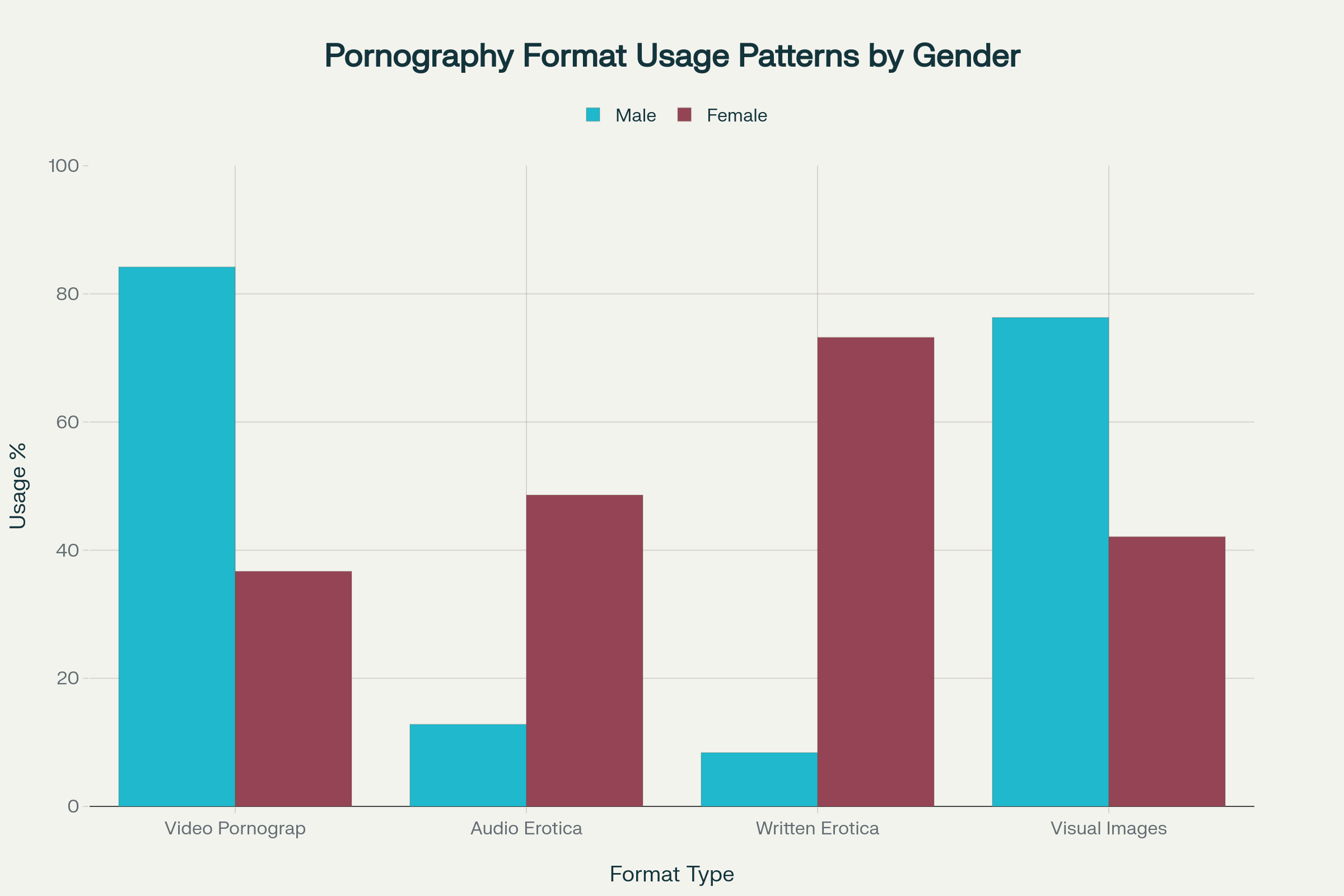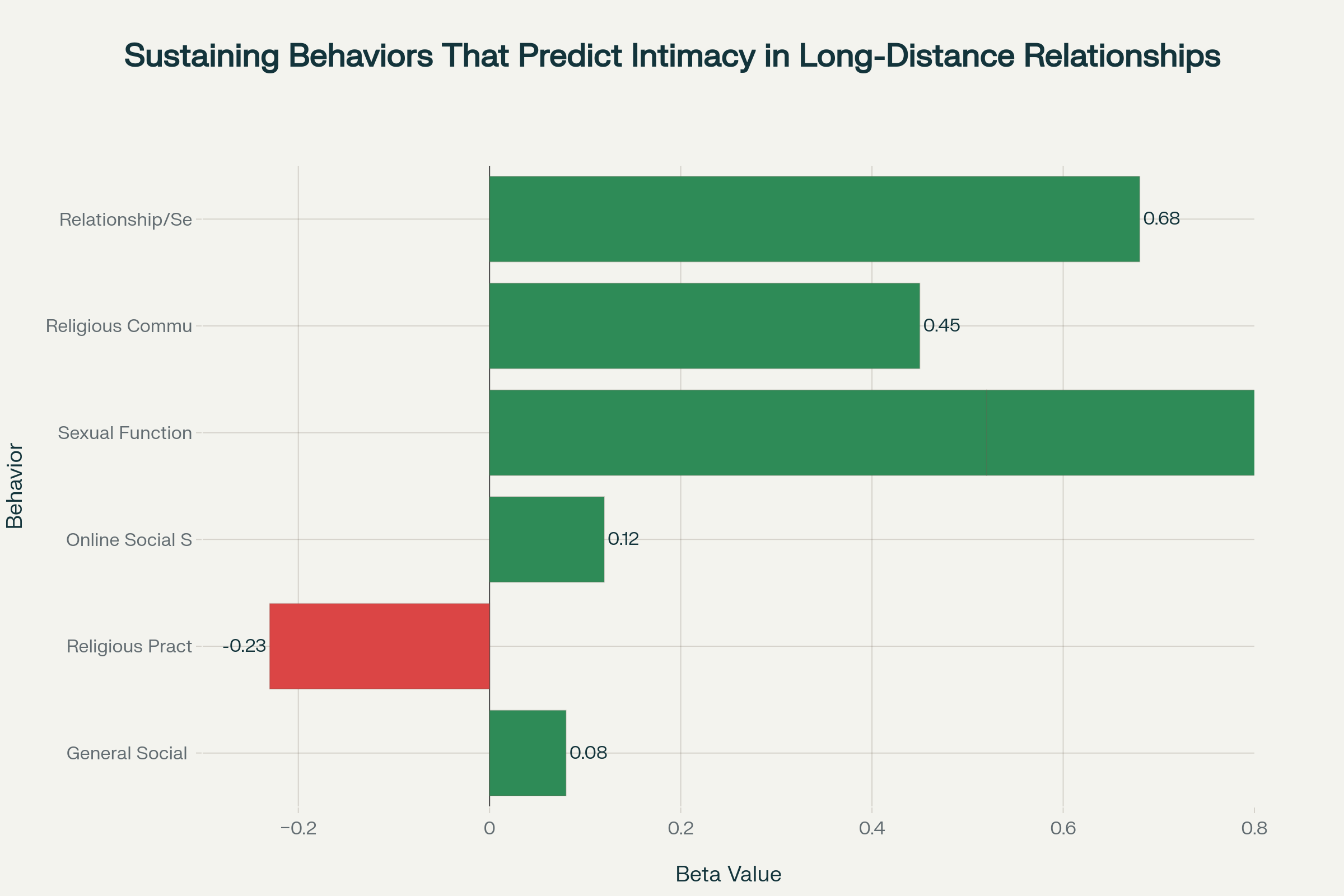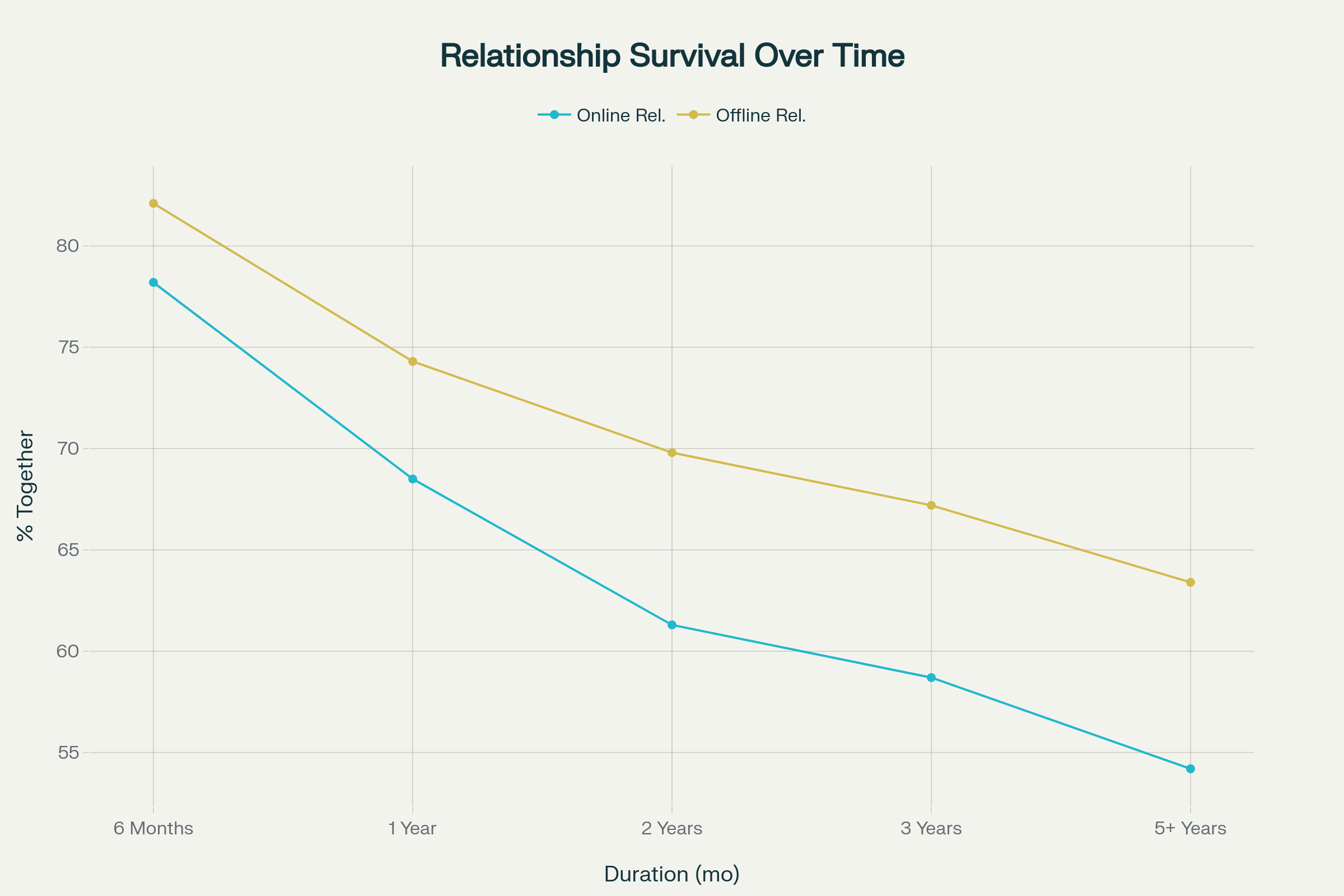Locutionary, illocutionary, and perlocutionary acts are foundational concepts in the study of language and communication. These categories help distinguish between the act of saying something, the intended function behind the utterance, and the effects it has on listeners. Understanding these distinctions is crucial for analysing meaning, intention, and impact in both everyday and specialised communication.
Definitions and Distinctions
- Locutionary Acts: The basic act of producing a meaningful utterance, focused on the literal content or proposition. It’s the act of saying something with sense and reference, without regard to intention or listener effect.
- Illocutionary Acts: The intended function or force behind the utterance, such as asserting, questioning, commanding, or promising. These are categorised into types like assertive, directive, commissive, expressive, and declarative.
- Perlocutionary Acts: The actual effects or responses the utterance produces in the listener, such as persuading, convincing, or eliciting an emotional reaction. It refers to the impact on the audience.
Applications and Examples
- Classroom and Learning Contexts: Teachers and students use all three speech acts. For example, a teacher may give a directive (illocutionary), the student follows the instruction (perlocutionary), and the literal instruction itself is the locutionary act.
- Media and Advertising: Advertisements may state facts (locutionary), suggest or urge action (illocutionary), and aim to influence behaviour or attitudes (perlocutionary).
- Literature and Everyday Communication: In narratives or conversations, facts are stated (locutionary), intentions are conveyed (illocutionary), and responses are shaped (perlocutionary).
Theoretical Challenges and Debates
- Definitional Boundaries: There is ongoing debate over how clearly these categories can be separated, especially between locutionary and illocutionary acts. The concept of communicative “force” can blur distinctions.
- Philosophical and Practical Implications: Distinguishing these speech acts is essential for accurate semantic and pragmatic analysis, and for understanding how language operates in various settings.
Summary
Locutionary, illocutionary, and perlocutionary acts represent distinct but interconnected aspects of communication: what is said, what is intended, and what is achieved. Clear understanding and differentiation of these acts are vital for analyzing meaning, intention, and effect in language across various contexts, from education to media and everyday conversation.






